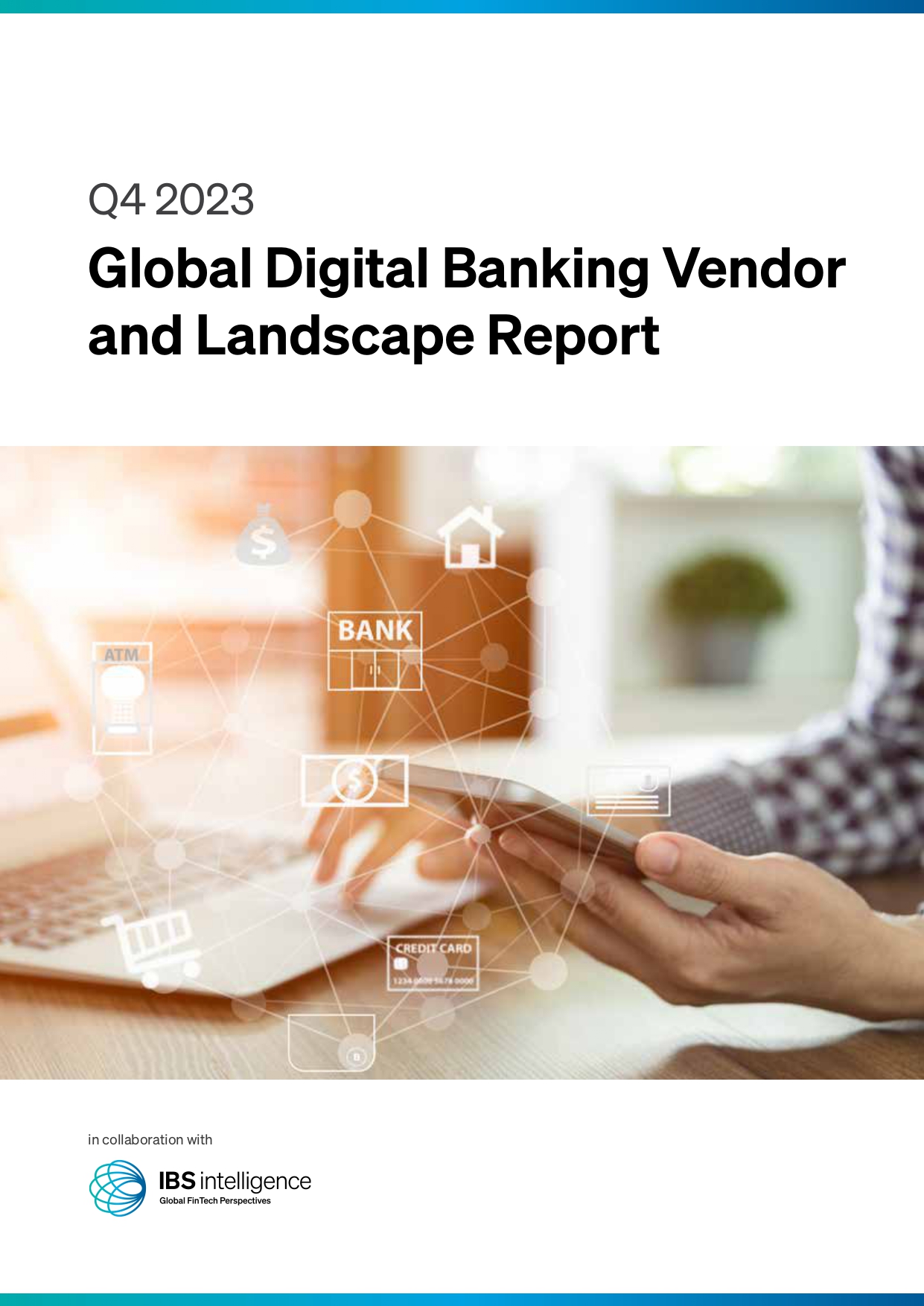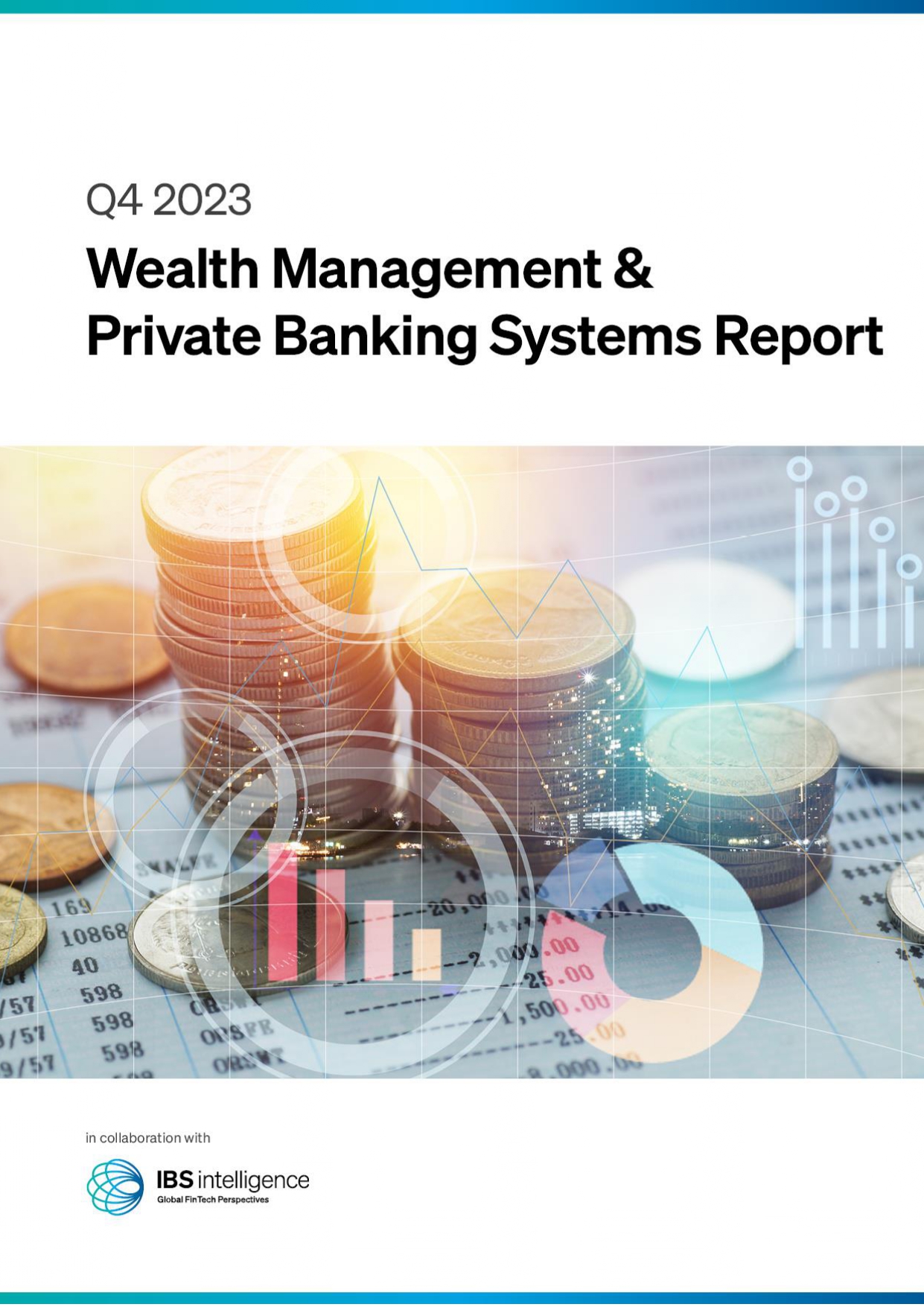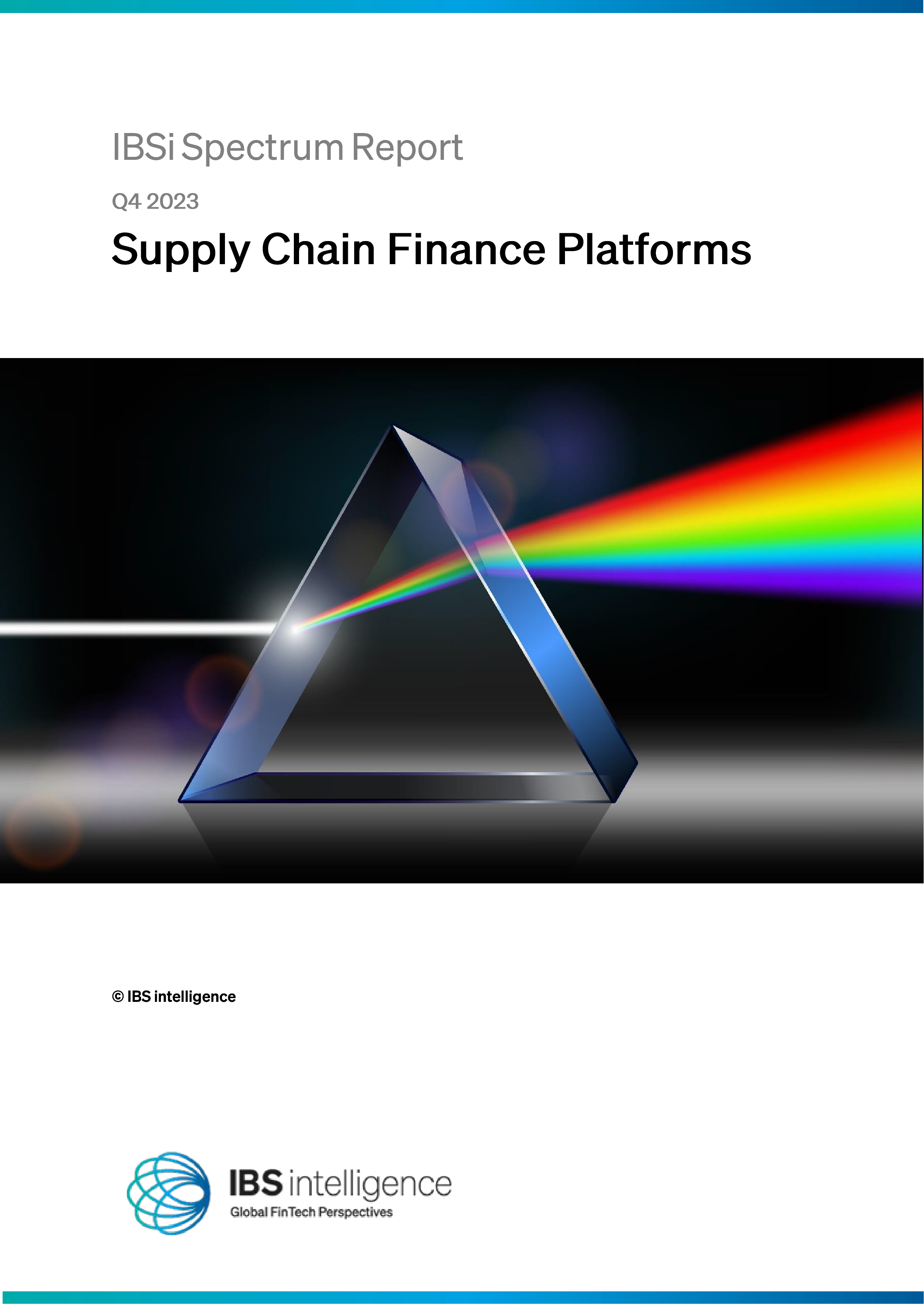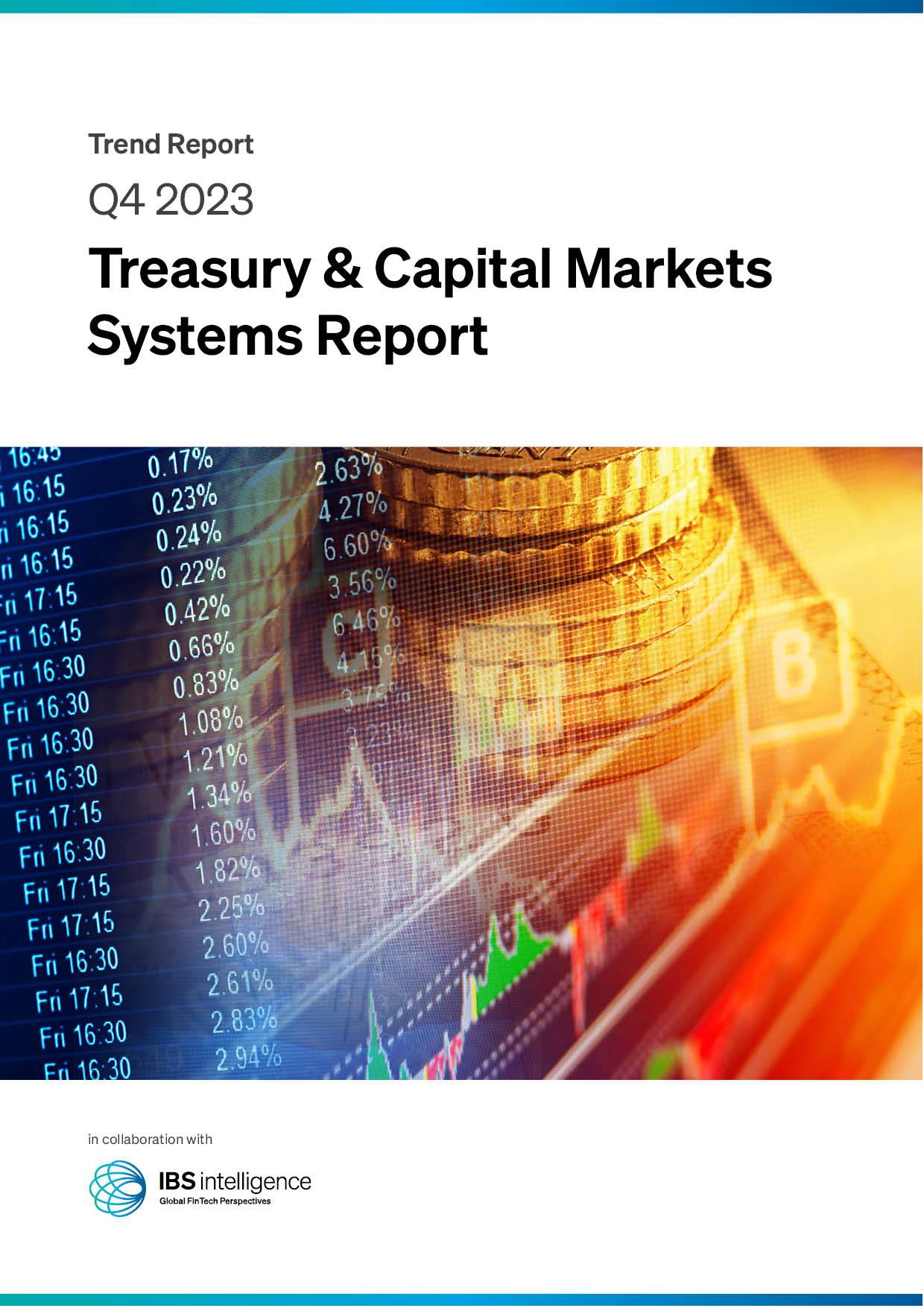 Back
Back
Digital Lending in India: Interview with Aditya Damani Founder of Credit Fair
By Leandra Monteiro
 The finance industry has ignored or sold unfair products to billions of deserving individuals. Credit Fair aims to provide Fair Finance to everyone. Its consumer lending platform is currently focused on the healthcare and education industries and partnering with leading consumer brands.
The finance industry has ignored or sold unfair products to billions of deserving individuals. Credit Fair aims to provide Fair Finance to everyone. Its consumer lending platform is currently focused on the healthcare and education industries and partnering with leading consumer brands.
In conversation with Aditya Damani Founder of Credit Fair, IBS Intelligences discusses the digital lending industry in terms of the education and healthcare centre.
What is the narrative behind Credit Fair’s inception and how has the journey so far gone?
The founder got the inspiration of starting a lending business in India while working at a new credit-focused lender, Oakam, and while advising private equity funds on setting up lending businesses. He saw people face issues rejections or delays in getting credit from financial institutions during critical life moments such as medical emergencies leading to reliance on informal channels that charge usurious interest of 10% per month and getting trapped in a debt cycle. This led to the idea of launching Credit Fair.
The start-up aims to beneficially impact the lives of over a million Indians by 2025, enabling a low-cost loan category service for those not served by banks, or large NBFCs. This would certainly benefit the end-user as they can now avail of personal loans on better terms than what the bank has to offer. Over 80% of Credit Fair’s loans are no-cost EMIs.
On the journey so far we have had a B2B2C model, disbursing over ₹150 crores. Credit Fair looks into the progressive advancement of the nation as they partner with over a thousand merchant partners to grow their business by offering EMIs at the point of sale.
We have a strong underwriting process, which has helped us maintain an NPA of less than one per cent. Credit Fair has played an imperative role in helping over 40% of its customers improve their credit scores. This helps consumers move up the financial ladder and also enables economic growth for SMEs.
In terms of education and healthcare, how do you see the next years of digital lending in India?
Financial services usually grow along with the economy. Since the education and healthcare sectors are expected to grow rapidly, we expect digital lending to continue to boom in these sectors in the coming years.
Digital lending’s impact will be seen in the Education sector as follows:
- Rise of upskilling – Covid has shown Indians the importance of constant upskilling to boost their careers. We expect digital lending to be a key tool to ensure such courses are affordable and accessible for a larger pool of Indians.
- Income share agreements – Study now, pay post placement is a rising trend due to the tight job market. Digital lending will ensure capable students get access to credit for courses that make them job-ready.
- School Fee Assistance – Inflation is all around us. Parents will sign up with digital lending platforms to avail of monthly fee payment options instead of annual or quarterly fee options to manage their cash flows.
The Healthcare sector is witnessing rapid growth and disruption. Digital lending is enabling these trends by:
- Simplifying patients’ cash flows – digital lending platforms like ours are helping patients manage their cash flows at the time of checkout by financing against insurance receivables. This will help patients manage their cash flows, especially in tier 2 and tier 3 cities.
- Issuing Healthcare cards – The finances of most families go haywire in times of medical emergencies. Healthcare cards facilitated by digital lenders will give users a pre-approved credit limit, discounts for important purchases and a feeling of security.
- Providing working capital assistance – Apart from patients, doctors and care providers will get timely financial assistance due to digital lending. Covid has spurred a wave of investment across all corners of India and digital lenders will follow suit.
Do you believe alternative lending operations will be attractive investment possibilities for large-scale investors in 2022?
Yes, they will be. Large banks and financial companies will look for partnerships and collaborations, with smaller players, to grow their market share in retail lending. Partnerships will ensure cost efficiency and scalability.
This financial year of 2022-23 we definitely expect more collaborations. During the course of the pandemic, the economy witnessed a lull. This year the segment is expected to be relatively buoyant, as markets have started opening up, and we are gradually weaning off the state of lockdown. As the wheels of the economy are gradually set in motion the payment cycle will become regular. This will enable borrowers to repay better and faster. The market will enjoy a better investment sentiment owing to the economical lift. A lot of Fintechs are becoming profitable, which in turn will attract traditional investors to this space.
IBSi Daily News Analysis

January 16, 2024
Aditya Damani
Egypt among top remittance recipient countries in 2023: World Bank
Read MoreIBSi FinTech Journal

- Most trusted FinTech journal since 1991
- Digital monthly issue
- 60+ pages of research, analysis, interviews, opinions, and rankings
- Global coverage
Other Related News
Related Reports

Sales League Table Report 2023
Know More
Global Digital Banking Vendor & Landscape Report Q4 2023
Know More
Wealth Management & Private Banking Systems Report Q4 2023
Know More
IBSi Spectrum Report: Supply Chain Finance Platforms Q4 2023
Know More





